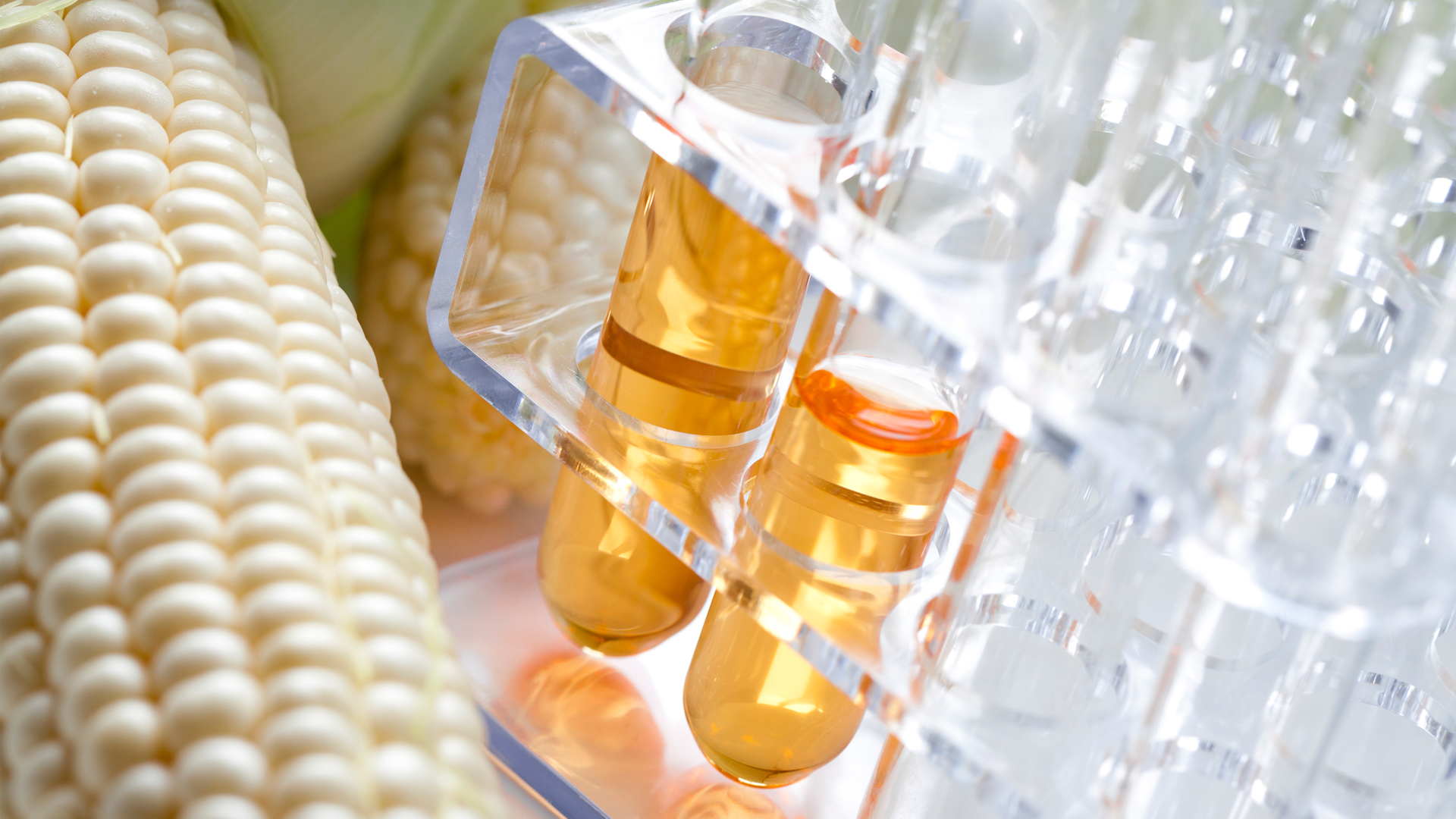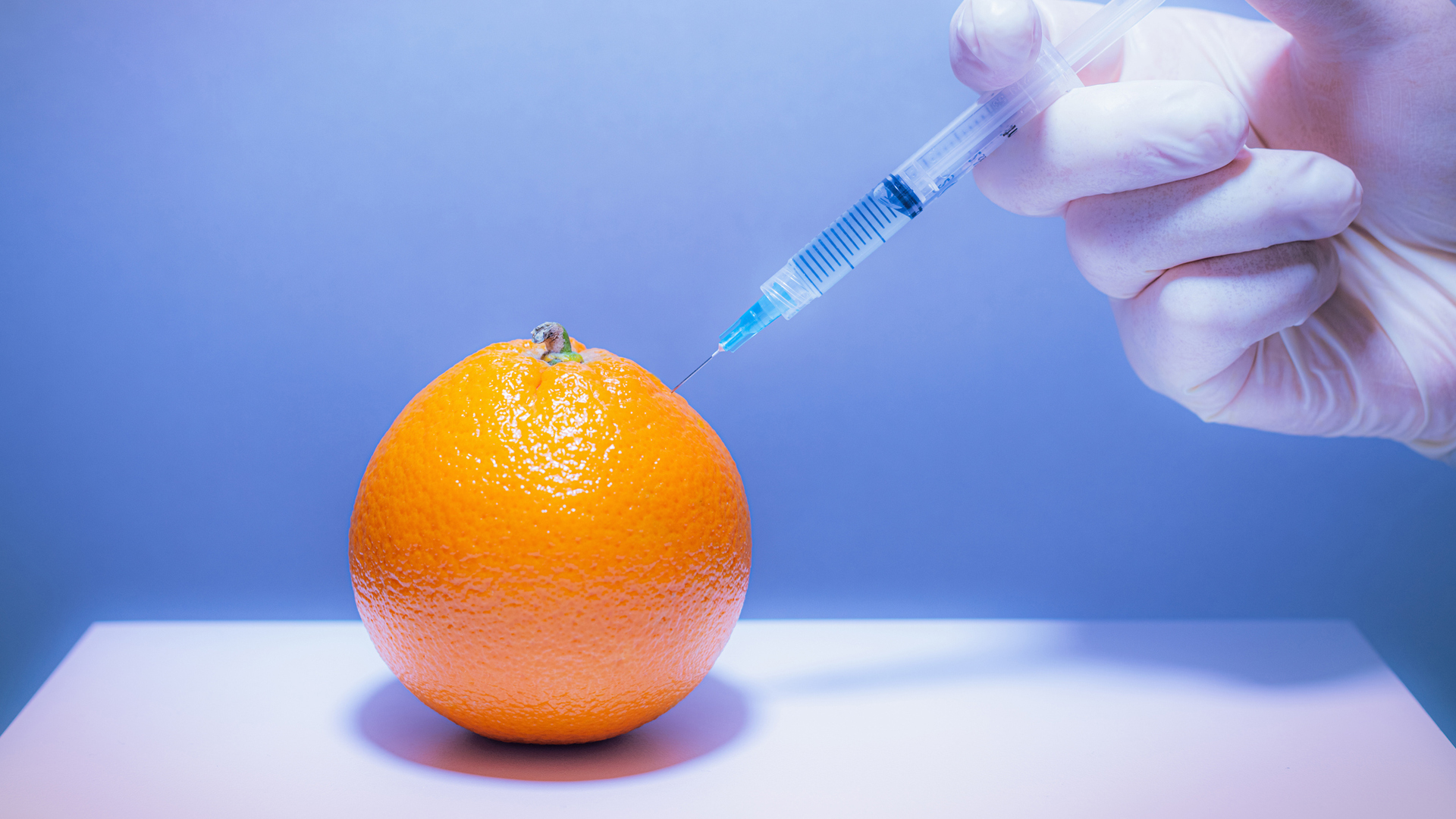Five common food additives — and what they mean for our health
What are the most common food additives, and what effects do they have on our overall health?

Food additives are widely used in processed foods these days, but what are the most common food additives we should be aware of, and what consequences might some of them have, good or bad, on our overall health?
Used to ensure safety and good condition during production and transportation, food additives can improve flavor, preserve ingredients and add color to some of our favorite foods. From thickening agents to dyes, sweeteners to stabilizers, they may be derived from natural ingredients or created in a laboratory.
We’ve listed five of the most common food additives found in U.S. food with details on how they’re used in everyday products. We’ve also looked at the latest research and spoken with experts to find out what effect these food additives may have on our bodies and our health. You might be surprised to learn what diseases and disorders some food additives have been linked to, and what health benefits others could hold.
What is a food additive?
Food additives describe any substance added to food, either during the production, processing, treatment, packaging, transport or storage of food. Most of the time they refer to ingredients that are added to food in order to fulfill a certain purpose, such as adding texture, increasing shelf life, sweetening, improving flavor, or coloring the food.
Food additives can come from plants, animals, minerals, or be created in a laboratory (synthetic).
Processed foods need to contain food additives in order to ensure food products are safe and in good condition when consumers buy them.

According to the U.S Food and Drug Administration (FDA), food additives can help to ensure the availability of convenient, nutritious, affordable food all year round. Food and color additives are studied, regulated and monitored by the FDA before being added to foods and while being used in foods.
Get the world’s most fascinating discoveries delivered straight to your inbox.
However, according to the Center for Nutrition Studies, U.S. food products contain as many as 14,000 additives, some of which are banned in other countries. It argues that the overuse of food additives can contribute to obesity and chronic disease.
All food additives must be listed on the product packaging. The FDA requires that all color additives must be listed, but many food additives can be listed collectively under ‘flavorings’ or ‘spices’, so it’s not always possible to see exactly which food additives make it into your favorite products.
What are the most common food additives?
Monosodium glutamate (MSG)
MSG is a food additive that enhances flavor. It occurs naturally in foods such as tomatoes and cheese but is usually produced by fermenting starch, molasses, sugar beets or sugar cane.
MSG is often used in restaurant foods, deli meats, canned vegetables and soups.
While the FDA considers MSG to be ‘generally recognized as safe,’ it has received reports of side effects after eating foods containing MSG. According to the Mayo Clinic, side effects include:
- Headaches
- Flushing
- Sweating
- Pressure or tightness in the face
- Numbness, tingling or burning in the face, neck and other areas
- Fast heartbeat
- Chest pain
- Feeling sick (nasusea)
- Feeling weak
However, it’s important to note that researchers have been unable to provide firm evidence that these symptoms and MSG are linked. In 2019, a review of the alleged health hazards of MSG found little supporting evidence. It also pointed out that many studies used large doses of MSG on participants that they would never consume through food.
We spoke to registered nutritionist and spokesperson for the Academy of Nutrition and Dietetics, Whitney Linsenmeyer and asked for her opinion on the safety of MSG. “Although the safety of MSG has been debated, the FDA considers MSG to be safe and has found no links to adverse health outcomes,” says Linsenmeyer.

Whitney Linsenmeyer is a registered dietitian and spokesperson for the Academy of Nutrition and Dietetics. She is also an assistant professor in the department of nutrition and dietetics at Saint Louis University where she teaches advanced nutrition, foundations in nutrition and innovation in dietetics practice. She is a graduate of Saint Louis University where she earned a master's degree in nutrition and culinary entrepreneurship and a doctorate in higher education administration.
Peter O’Halloran, nutritionist and ProYouth Nutrition ambassador, agrees. “MSG has received a bad reputation since a doctor in 1967 went to a Chinese restaurant,” he tells Live Science. “About 20 minutes into his meal, he started feeling sick. He reported it to a medical journal. Since then, it’s had a bit of a stigma attached to it. Further studies that followed also stated MSG to be highly toxic. However, these were studies on rodents, not humans, and they were later challenged due to several issues regarding how the studies were carried out. There is no scientific data or evidence to prove that MSG is harmful for consumption.”

ProYouth Nutrition ambassador Peter O Halloran is an award-winning food science and sports science nutritionist, personal trainer and online coach. He holds over 10 nutrition certifications which includes a degree in Food Science & Health, and won Irish Fitness Best Fitness Nutritionist/Dietitian 2018 and 2019.
2. Artificial food colorings (AFCs)
AFCs are dyes or pigments added to food that gives it a certain color, such as candy, artificially flavored drinks and even cereals. Of all the food colorings available, Red 40, Yellow 5 and Yellow 6 are the most commonly used. In fact, these three food colorings make up 90% of the food colorings used in foods.
According to the FDA, reactions to AFCs are rare but can happen. Yellow 5, also known as tartrazine, can cause itching and hives in some people. The Cleveland Clinic states that both Yellow 5 and 6 can cause severe allergic reactions in people with asthma. Various studies have also linked AFCs to:

However, the American Academy of Pediatrics says more evidence is needed to understand how AFCs can affect a child’s behavior. It does state that parents who are worried about their child’s behavior may find it helpful to eliminate AFCs from their diet.
O’Halloran also adds: “When they’re not broken down properly in the stomach, food additives get into the bloodstream and travel to the brain, which can have detrimental effects. There are many studies that link food additives to behavioral problems in children. I would advise staying clear of artificial food coloring.”
3. High-fructose corn syrup (HFCS)
HFCS is derived from corn starch. Corn starch itself is 100% glucose, but to make HFSC, scientists add enzymes to make some of that glucose into fructose, another type of sugar. Most common forms of HFCS contain 42% or 55% of fructose. HFCS is often used in processed foods, baked goods, cereals and soft drinks.
According to the Cleveland Clinic, HFCS is steadily creeping more and more into our everyday diets. It warns that too much HFCS can cause obesity by increasing appetite. It may also contribute to diabetes, inflammation, certain types of cancer and non-alcoholic fatty liver disease.
Some experts think that our bodies metabolize HFCS in a different way from standard sugar, causing health concerns. In 2019 researchers found that it increased intestinal tumors in mice, while a 2017 article in a peer-reviewed journal claimed that it increased the risk of compulsive eating, obesity and metabolic disorders.
4. Xanthan gum
Xanthan gum is used to thicken or stabilize foods. It’s a synthetic ingredient, created by fermenting sugar with bacteria to create a gooey substance. Alcohol is added to make it solid, then it is dried and turned into powder.
Foods that commonly contain xanthan gum include baked goods, soups, ice creams, dressings, sauces, syrups and gluten-free products.
According to studies in Carbohydrate Polymers and the Journal of Nutritional Science and Vitaminology, xanthan gum has been found to lower blood sugar, especially after eating, leading to calls for it to be used in treatment for people with diabetes. Studies have also linked it to further health benefits, such as lower cholesterol, weight loss and improved bowel function.
“The FDA considers xanthan gum safe for human consumption,” says Linsenmeyer. “Due to its nature as a soluble fiber, it may even have additional benefits to cholesterol and blood sugar levels.”

5. Carrageenan
Carrageenan is a marine polysaccharide derived from seaweed. It’s often used as a thickening agent in cream, yogurts, cottage cheese, sliced and prepared meats, canned soups and frozen pizzas.
Currently approved as safe by the FDA, carrageenan has become a controversial ingredient in recent years, with some scientists linking it to inflammation, digestive disorders such as irritable bowel syndrome and colon cancer.
According to one 2017 review, there is concern that carrageenan can degrade in food products and become toxic when it meets acids in the stomach, triggering an inflammatory response. It has even been listed by the International Agency for Research in Cancer as a possible carcinogen.
However, many studies testing degraded carrageenan have only used animals as subjects, not humans, so it is unclear how carrageenan can affect people.
“Most people have no issue metabolizing carrageenan,” says Linsenmeyer. “Though a small number have reported symptoms such as bloating.”
This article is for informational purposes only and is not meant to offer medical advice.
Joanne Lewsley is a UK-based freelance writer and editor, covering health and lifestyle news and features. She mainly creates evidence-based health and parenting content and has worked with a number of global sites, including BabyCentre UK, Medical News Today, Fit & Well, Top Ten Reviews, and Yahoo!



